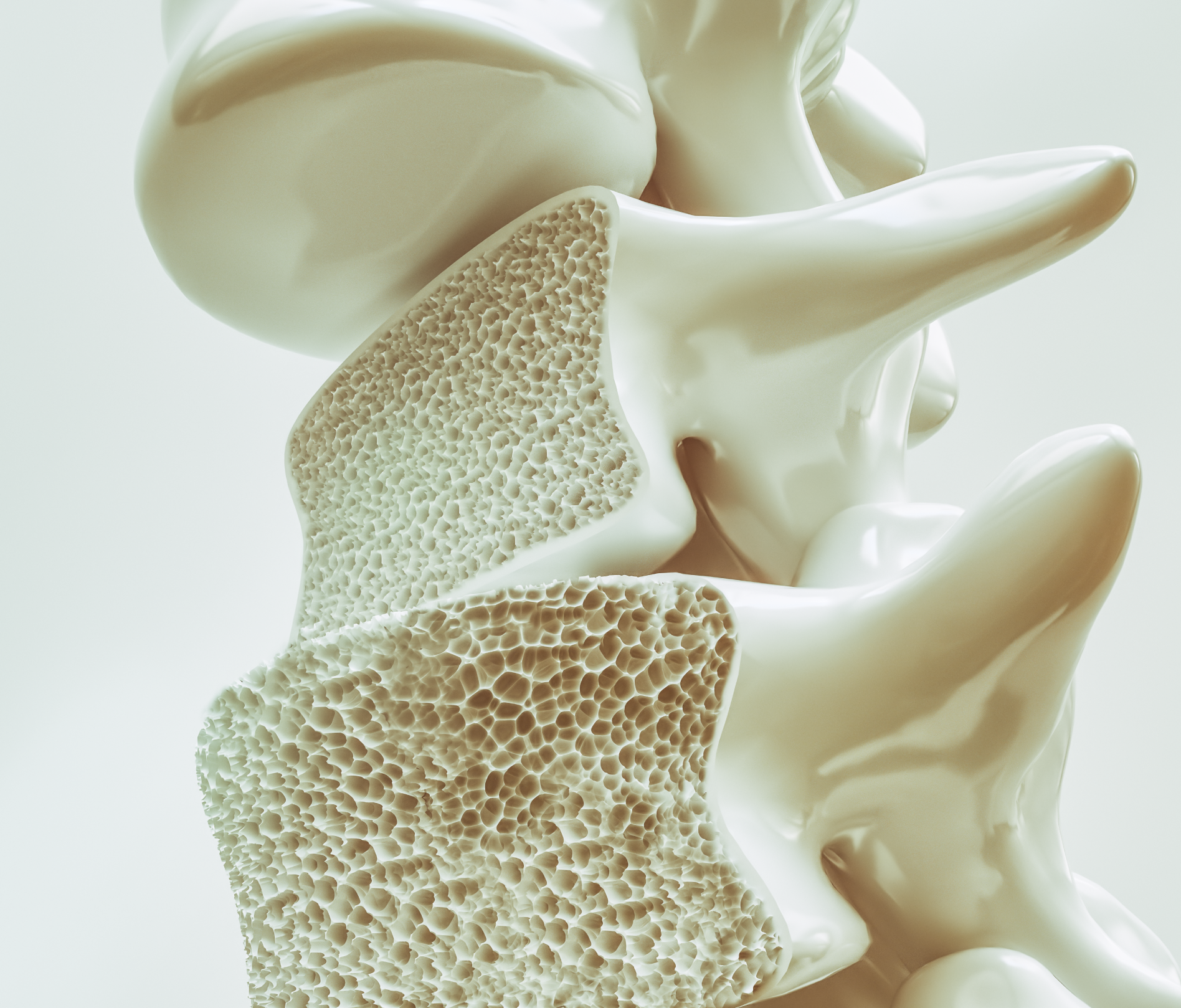This case study was adapted from the European Patent Office’s announcement of European Inventor Award 2021 finalists. Read the full spotlight here.
Who:
Gordana Vunjak-Novakovic, a Serbian-American scientist, professor at Columbia University and finalist for the European Patent Office’s 2021 European Inventor Awards for her innovative contributions to the field of biomedical engineering.
The Challenge:
Scientists studying tissue engineering have long been working to find ways to replace, repair and regenerate damaged or worn-out tissue. While tissue engineering still plays a relatively small role in patient treatment, the field is burgeoning and is regarded as one of the most promising potential pathways to prolonging human life and improving quality of life. That said, a major barrier to successful tissue replacement persists: the requirement of either a painful graft from the patient’s own body or a graft from a cadaver, which while less painful for the patient, carries a high risk of immune rejection.
The Innovation and Impact:
One of three finalists in the running for the European Inventor Award’s “lifetime achievement” recognition, Vunjak-Novakovic has dedicated her career to solving what has long been among the most complex challenges for replacing damaged tissue. Through her research she developed a groundbreaking ex vivo tissue engineering technique that allows scientists to grow a new piece of tissue from a patient’s own cells.
This pioneering technique eliminates the pain and risks of immune rejection associated with previous tissue replacement methods. Vunjak-Novakovic’s innovation has opened the door to a much safer and precise approach to cultivating heart, lung and vascular tissue that can be used for transplantation, disease modeling or drug testing.
In addition to her laudable contributions to rehabilitative medicine, Vunjak-Novakovic is also the co-founder of four companies that translate her innovation into real-world application. One of the companies she founded—EpiBone—is focused on engineering facial bones by creating a 3-D model for bone replacement surgery, which Vunjak-Novakovic hopes will be used to treat children with congenital deformations of the head and face. She has also developed a protocol for creating living heart tissue that is being used for research and commercialization by TARA biosystems, another company she co-founded.
Vunjak-Novakovic notes that “patents have been crucial to the commercial translation of her research.” She points to a 2016 patent for her bone regeneration method and credits it for helping her establish a company that makes the technology available. Her experience with commercializing her innovative techniques has given her first-hand experience with the important protections that intellectual property (IP) rights afford scientists and other innovators. Indeed, filing of patent applications is an important component of Vunjak-Novakovic’s operations, and she stresses that “if we…have a technology that is patentable…then we should always file a patent application before we talk about the finding at scientific meetings or publish a paper about it.”
IP rights, like patents, are the cornerstone of innovation. Strong IP systems help ensure innovators’ ideas are protected, which in turn allows them to share, commercialize and bring their ideas to life. These ideas and inventions, as Vunjak-Novakovic’s impressive body of work demonstrates, often have the power to transform entire professional fields and change the lives of people around the world.


